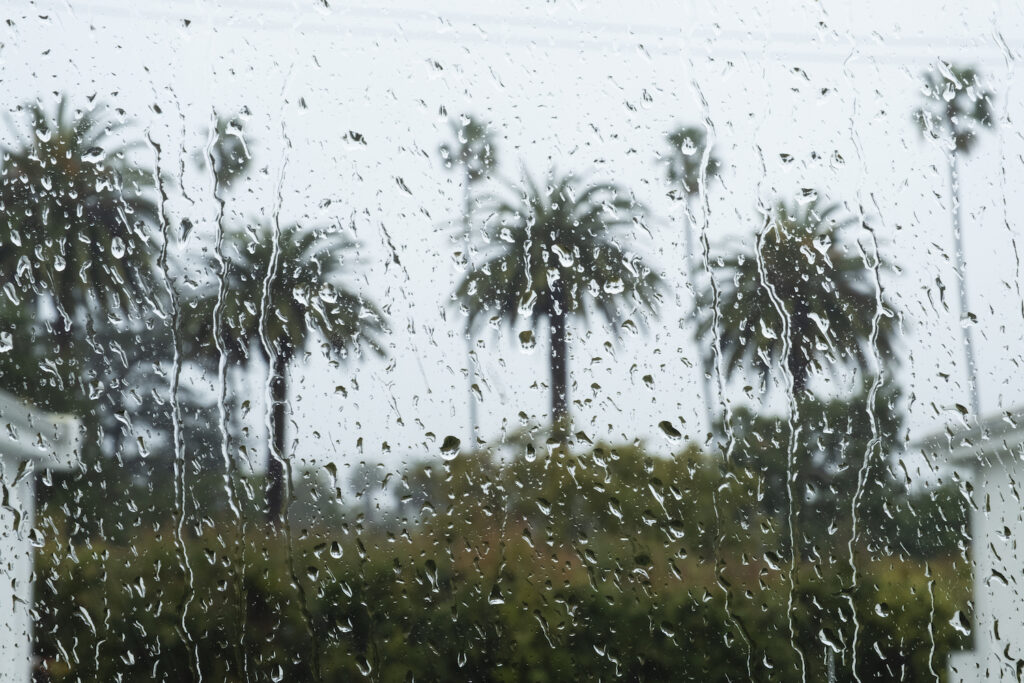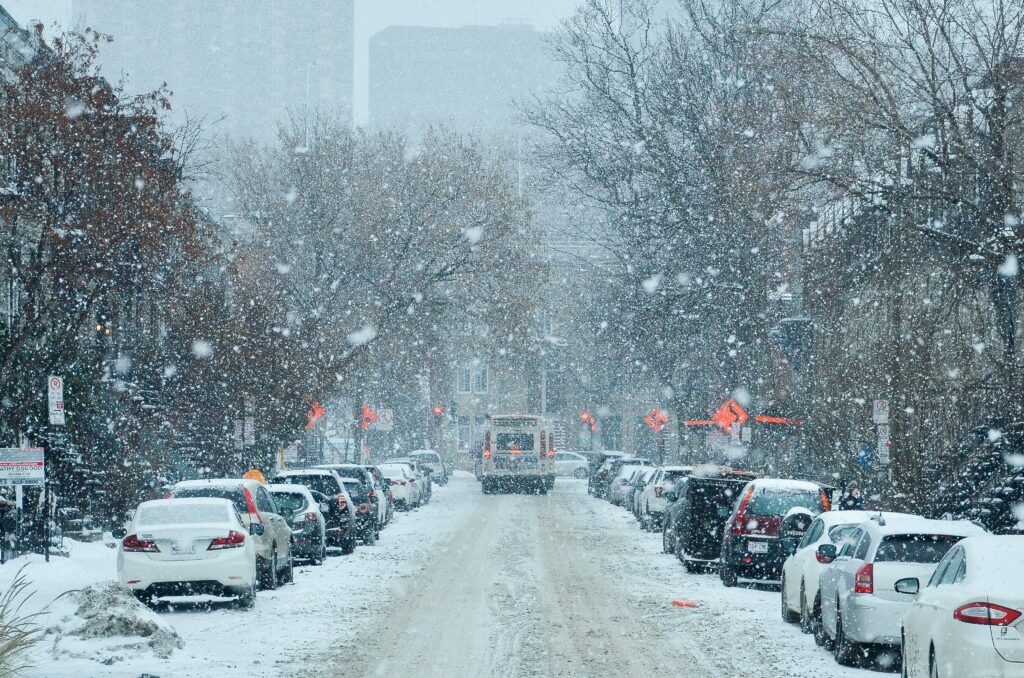After years of laments about the lack of snowpack in the American west due to global heating we now hear from Scientific American that “The West Braces for the Most Epic Snowmelt in 40 Years”. And being climate-related it’s bad, of course: “Communities across the U.S. West are preparing for flooding and mudslide disasters as record snow begins to melt”. But even if true, we have to spoil the party by saying your “settled science” didn’t see it coming, did you? So even if you’re right that it happened and that it’s bad, with the cherry on top that it’s climate-related, your models are worthless. Just like AP’s “Lack of snow heralds a dry summer in Italy” or Euronews.green’s “Panama Canal: Drought threatens one of the world’s most important shipping routes”, because if next year Lakes Garda and Alhajuela, or the Po River, overflow, they’ll wave it in our faces too, just like “Climate change worsened Eastern Africa drought, scientists find”. But they’ll never predict it.
Of course in the California story you also get “the enormous amount of water atmospheric rivers dumped on the Western U.S. this year” because it never just rains hard any more. Boo atmospheric rivers.
Also you can tell it’s unprecedented because Lake Tulare is back after a long absence. Although “After similar storms in 1983, the lake covered more than 100 square miles, and scientists say this year’s precipitation is looking a lot like 1983.” So just natural variability?
Heck no, and don’t lose despair:
“California averages about 44 atmospheric rivers a year, but typically, only about six of them are strong storms that contribute most of the annual precipitation total and cause the kind of flooding we’ve seen this year. This year, in a three-week window from about Dec. 27, 2022, to Jan. 17, 2023, we saw nine atmospheric rivers make landfall, five of them categorized as strong or greater magnitude…. and that was only the beginning. In all, the state experienced 31 atmospheric rivers through the end of March: one extreme, six strong, 13 moderate and 11 weak. And other storms in between gave the Southern Sierra one of its wettest Marches on record.”
To be fair to SA, they finally caught up with us at CDN that:
“California and some other parts of the West are known for weather whiplash. We frequently go from too dry to too wet…. We went from 13 strong or greater magnitude atmospheric rivers in 2017 to just three in 2020 and 2021, combined.”
Well, not SA exactly. The piece was a reprint from The Conversation by Chad Hecht. Who then explained that atmospheric rivers carry a lot of water and:
“In a warming climate, the warmer air can hold more moisture. That can increase the capacity of atmospheric rivers, with more water vapor resulting in stronger storms…. So, we’re likely to see this whiplash continue, but to a more extreme level, with longer periods of dry weather when we’re not getting these storms. But when we do get these storms, they have the potential to be more extreme and then result in more flooding.”
So the rain they always had is rainier rain due to the atmospheric rivers they’ve always had, which is why something we didn’t predict was predictable and, being climate-related, was bad whatever it was.
If it sounds a bit convoluted, here’s how it works. If it’s dry, “Deadly African Drought Wouldn’t Have Happened without Climate Change”. Just don’t ask us to predict it. And if it’s wet:
“California’s high peaks stored historic amounts of snowfall this winter in the southern Sierra as more than a dozen atmospheric river storms battered the state with rainfall and caused billions of dollars in damage from landslides, avalanches and river flooding. Now, the water stored as mountain snow will begin to flow into saturated valleys and already swollen rivers. ‘The big melt is now here,’ Daniel Swain, a climate scientist at UCLA and the National Center for Atmospheric Research, said during a recent briefing. ‘This week is going to be an exclamation point on the warming process.’”
Just don’t ask us to predict it.
Simple, isn’t it?



These global warming goofs are very funny....they can't predict any weather or climate related event prior to it happening but see the confirmation of their theory in every miniscule change in the weather. FRAUDS!
In Spanish, Nevada literally means 'snowfall"
And Sierra means 'mountain range'
Seems to me we need less climate scientists and more engineers to mitigate the results of our variable climate.
To be clear we need less political science influencing and manipulating the purity of true science.
And why do rely on climate to provide our energy, considering climate is becoming unreliable?
Mark, it’s worse than that! I saw a comment that increasing frequency of grid failures is caused by climate change! So let’s replace reliably consistent with variable and weak